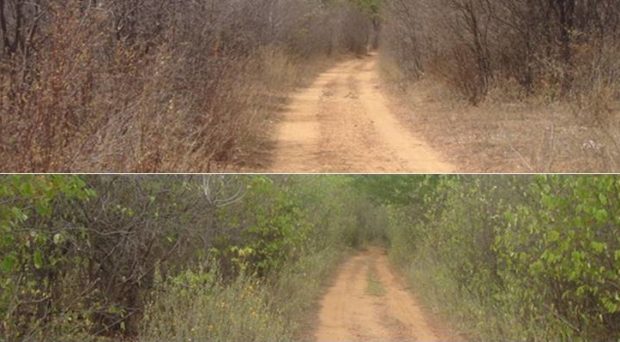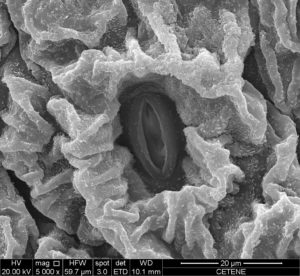
Why understanding the Caatinga?
The Brazilian semiarid northeast is characterized by having one of the highest population densities among the regions of the world that have similar environmental characteristics. As the area estimated at approximately 882,000 square kilometers, the region is home to around 18 million people and has a population density of 20 inhabitants per square kilometers.

Brazilian tropical dry forest, the Caatinga – called white forest by the Indians – is the least studied ecosystems in South America. This ecosystem contains more than three hundred endemic plant species and also some Latin America animals that are threatened with extinction. For years, woody plant species of this biome has been cut and burned to serve as energy for a population without access to alternative sources. At this time, less than 1% of the total area is protected by permanent reserves, and this is the lowest percentage among Brazilian ecosystems.
An anthropic pressure and adverse weather forecasts present a threat to the Caatinga, and force us to accelerate knowledge of this ecosystem through interdisciplinary studies.
Can Caatinga tolerate the current challenges?
The weather pattern of the Brazilian northeast region is a strong factor influencing the living conditions of plants in Caatinga. The Caatinga has two distinct seasons. These are the rainy season that lasts three to four months and the dry season for the remaining months of the year. It is expected that due to the global climate change, the length of the dry season will increase. If this prediction is confirmed the recovery of Caatinga’s degraded area will be very difficult and the future of Caatinga insecure.
Plants abilities to survive during the dry season
The good news is that as the knowledge of the Caatinga is advancing via an integrated approach of ecology, physiology and plant anatomy, we can see how fantastic the different mechanisms act jointly to help species tolerate environmental conditions in the semiarid environment.

Most of Caatinga’s species have as strategy to lose their leaves at the beginning of the dry season to protect against the water loss. However, some species have a set of features that enable the maintenance of their leaves during months of drought. Besides several biochemical adjustments, we also observe anatomical strategies. For example, arboreal species Cynophalla flexuosa, directed the majority of its pores, responsible for CO2 uptake for photosynthesis and release of water vapor between the leaves and air and called stomata, to the bottom side of the leaf. Furthermore, it created a special wall surrounding each particular stomatal pore that forms a barrier against water loss. These anatomical adjustments help reducing the rate of water vapor loss from the Cynophalla flexuosa leaves and ultimately help to survive the dry season.
In my point of view we should make lots of efforts to better understand the plant physiological ecology of the Caatinga, promote its conservation, and this should be done in front of the need for intense anthropic use and climate change.
Read full article: Caatinga, the Brazilian dry tropical forest: can it tolerate climate changes?
Mauro Guida
Latest posts by Mauro Guida (see all)
- Caatinga, the Brazilian tropical dry forest and its current challenges - 6th October 2016